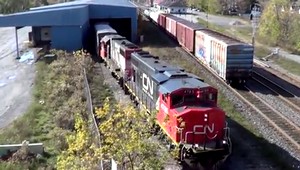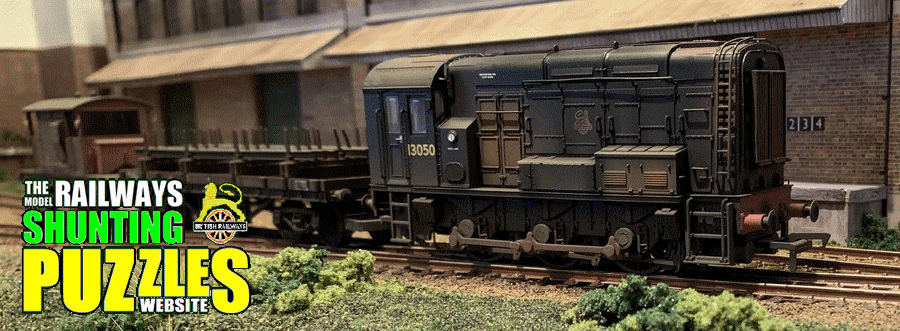INGLENOOK
SIDINGS |
| Given the simple track layout and the basic operating
principle of simply picking up and dropping off wagons,
the thought that this layout may not be very
prototypical, i.e. far removed from what really happens
on the railways of this world, could well come up.
However, the really nice thing about Inglenook
Sidings is that, in fact, it is perfectly
prototypical and highly flexible at the same time. Any layout based on Inglenook Sidings will be prototypical in as much as any railway needs sidings somewhere which serve the sole purpose of providing the space to temporarily store rolling stock out of the way of the rest of the railway (which can also account for a very motley accumulation of different rolling stock which normally would not be found together on the same piece of track). From time to time, some of the rolling stock will be picked up again and moved on while other wagons are dropped off again. In fact, even the chance element of which wagons are to be picked up is quite possible in real life (where, of course, the logic and logistics of making up a train will dictate which wagon is to be picked up), although this will only seldom happen in a strict order of which wagon is to come first, second etc. But all in all, this last point doesn't weigh too heavy in terms of modellers' licence. The fact that these sidings are rather short is simply a reminder of the amount of compression almost every model railway layout represents. Railway modelling, after all, is the art of compromise. The essence of the track layout of Inglenook Sidings can be found in many prototype locations, sometimes as a set of sidings used to temporarily store rolling stock, sometimes as a set of sidings serving one or more customers. |











